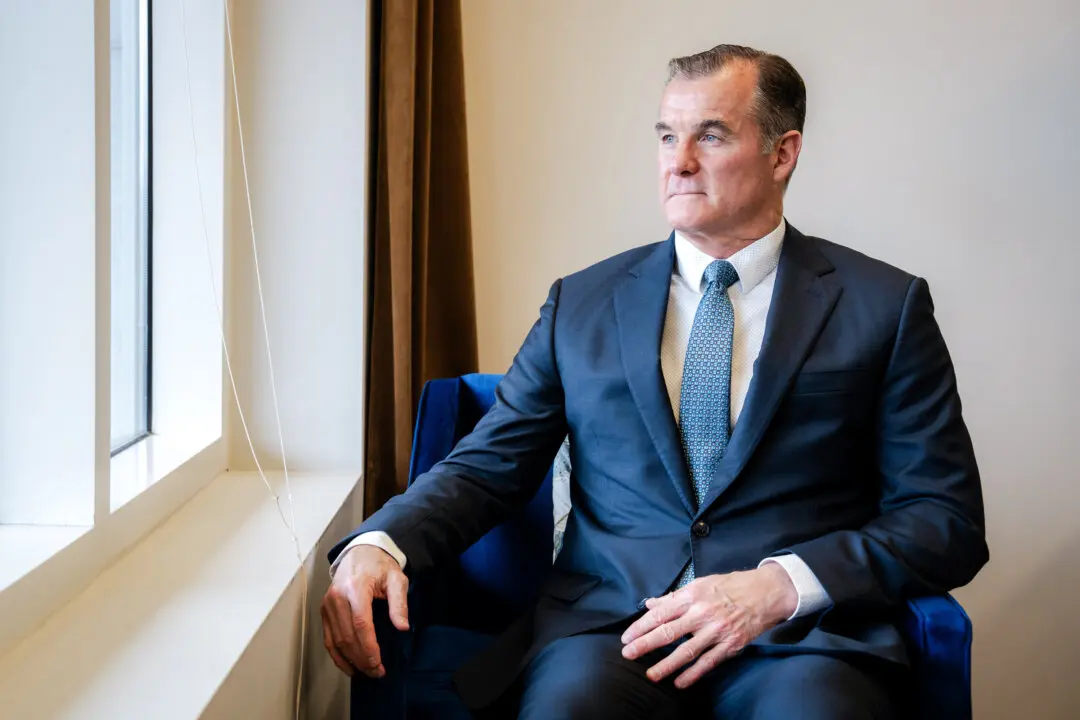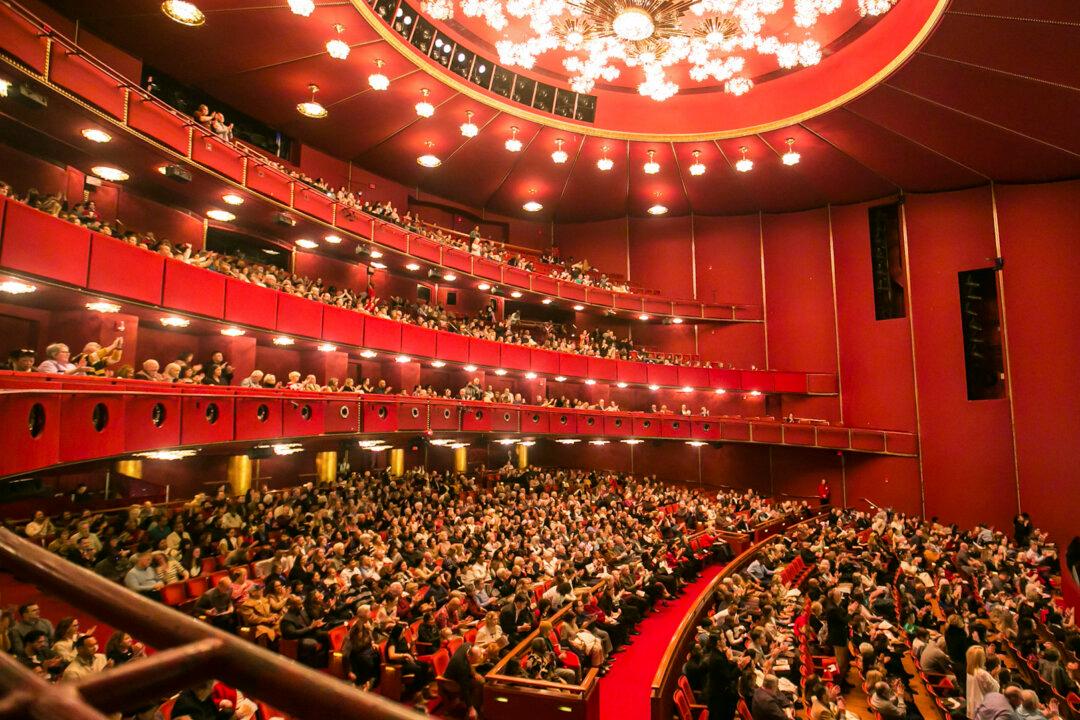In working with a designer to create a space personalized for you, at the forefront of the homeowner’s concerns is aesthetics.
“Space is so affecting to people that creating the best space possible will have a positive effect on people and therefore hopefully have a positive impact on society,” says Jessica Weigley, co-founder of architecture and interior design studio Síol.
Weigley and Kevin Hackett founded Síol studios six years ago, sharing the goal of fostering an awareness of the effects of environment.
“We’re not a company, we’re a practice,” says Hackett, who has a background in architecture. “Practice means something you’re continually working at, not just in yourselves, in your projects and in your relationships, in every facet of design. It’s a work in progress and ... that’s very applicable to our process.”
Weigley and Hackett take a scholarly approach to designing spaces, with a focus on what they have termed “integral theory” and the psychology of space.
“Part of our ingrained philosophy is we’re really interested in how environments can shift and act as catalysts for growth,” Hackett said. “How they affect our psyche, how they can heal, how they can inspire in different roles.”
Growing up and studying in Europe, Hackett says he has spent a lot of time being surrounded by old structures, and “back to the medieval ages, they used to design with embedded information.”
“Whoever designed would put forth a design; it is expressed through the space,” Hackett said. “And that’s why design is so critical, because everything we do, we’re sending messages.”
While space constantly affects and shapes the psyche, we are often unaware of it, Weigley says.
“There’s a lot of focus being spent on how exercise, or diet, or various things affect us, and space is just starting to be part of that conversation,” Weigley said. “But for us that’s always been the primary focus on why we’re doing this, because it’s just hugely affecting all of us.”
But how does this affect the client?
“If you allow and create something that is a vessel for growth, then architecture and interior—they become a catalyst for change,” Hackett says.
The first step of the team’s process is “pre-design,” which includes getting to know the client, getting to know the site, and extracting the unconscious and invisible factors as well.
“It’s understanding their relationship to the environment, their own growth, subjective responses to materiality, form, color, understanding what makes them tick, really,” Hackett said. “If it’s a family, based on a collective unit scale, or if it’s an individual, or a company ... it’s really downloading as much information [as possible] both consciously and subconsciously from the client.”
By understanding the client’s goals, objectives, and direction, Hackett and Weigley can use both subjective and objective design elements to create the optimal space.
For example, for a family, “anytime you open up a simple environment and connect living to dining to kitchen and open plans, you see a whole family that can ... [be] connected,” Hackett said. “And they’re living a happier connected existence, because now there’s not that division between spaces, and in some ways the walls have come down, and that connective environment is sort of key.”
“People realize that this is now a normal thing, but lots of Old Victorian houses in San Francisco you go in and there’s a separate dining room, a separate living room and you realize, our lifestyles are changing,” Hackett said.
At the same time, Hackett says, they have been exploring the idea of balancing space for the individual and collective, active and passive, in the same room as well, and that has garnered very good responses from clients.
“So on one end we have something very active, and on the other end what we’re playing with is intimacy as well,” Hackett said. “How [to] create a very open active space, but on the other side you can have an intimate, almost nurturing shadow space as well, where they can be an individual.”
Many of Síol studio’s clients are startup companies and people from the tech field, and are inquisitive and curious about the conversation of space as well. And as their clients or their families grow, Weigley says, they are often brought back in to help edit their spaces to reflect that growth—and this then lets them gather quantitative data as well.
“It’s important for us to find the things that do work and the things that don’t work, and focus on things that do,” Weigley said.
Designing Awareness
There’s a “quality of life” factor in San Francisco that comes with a connection to nature, that the residents place very high, Weigley says. “That conversation, around what does it mean to live in the city, and what sort of things are needed here on a greater scale, and looking at urban life, how cities work ... how to create a healthy city.”
“As a community we see we have a role ... and responsibility to educate and to be beacons for collaborative thinking and change and so forth,” Hackett said.
Design in more recent years has geared heavily toward smart urban planning, and incorporating the nature of the city. More and more “green” or “sustainable” systems are being used, like vertical gardens and graywater systems.
“It’s [San Francisco] connected to its environment, there’s an awareness here because we’re surrounded by it, a dense, strong community on the pulse of design, and yet [I] have nature at my doorstep,” Hackett said.
Yet “nature” doesn’t just mean incorporating green elements into design, Hackett adds. “When you’re doing architecture, for example, and you’re footprinting a building and examining its relationship to the land—so when we say nature we’re talking about the site. Nature, for us, can be a site in middle of downtown San Francisco.”
There are visible and invisible factors of each site, Hackett says, factors like community and culture that can’t be ignored and are especially prevalent in San Francisco neighborhoods.
“The goal is to uncover the spirit of a place, and you can only do that by delving into the visible and invisible forces. And you have to do both, because they’re both critical. And then through all that learning, you distill that information and you come up with something that’s really integral,” Hackett said. “Nature for us is the nature of the human psyche as well.”
“We’re part of a large continuum,” Weigley says, and by creating awareness of the environment in an individual, the individual brings this understanding back into society.
“The more people that can bring awareness to themselves, and in space, then they can bring themselves to be aware in society, and to look at it—it’s a sustainable revolution that’s going to actually move forward and to shift our very sort of global-centric system,” Hackett said.
“People have to be aware of ourselves not just in space but in their lifestyles—how they connect, how they act—and I think that’s the bigger issue,” Hackett said. “So if architecture and design can be a factor in that change, then we’re doing something right.”
The Epoch Times publishes in 35 countries and in 21 languages. Subscribe to our e-newsletter.
Design: A Catalyst for Change
In working with a designer to create a space personalized for you, at the forefront of the homeowner’s concerns is aesthetics.
|Updated:




